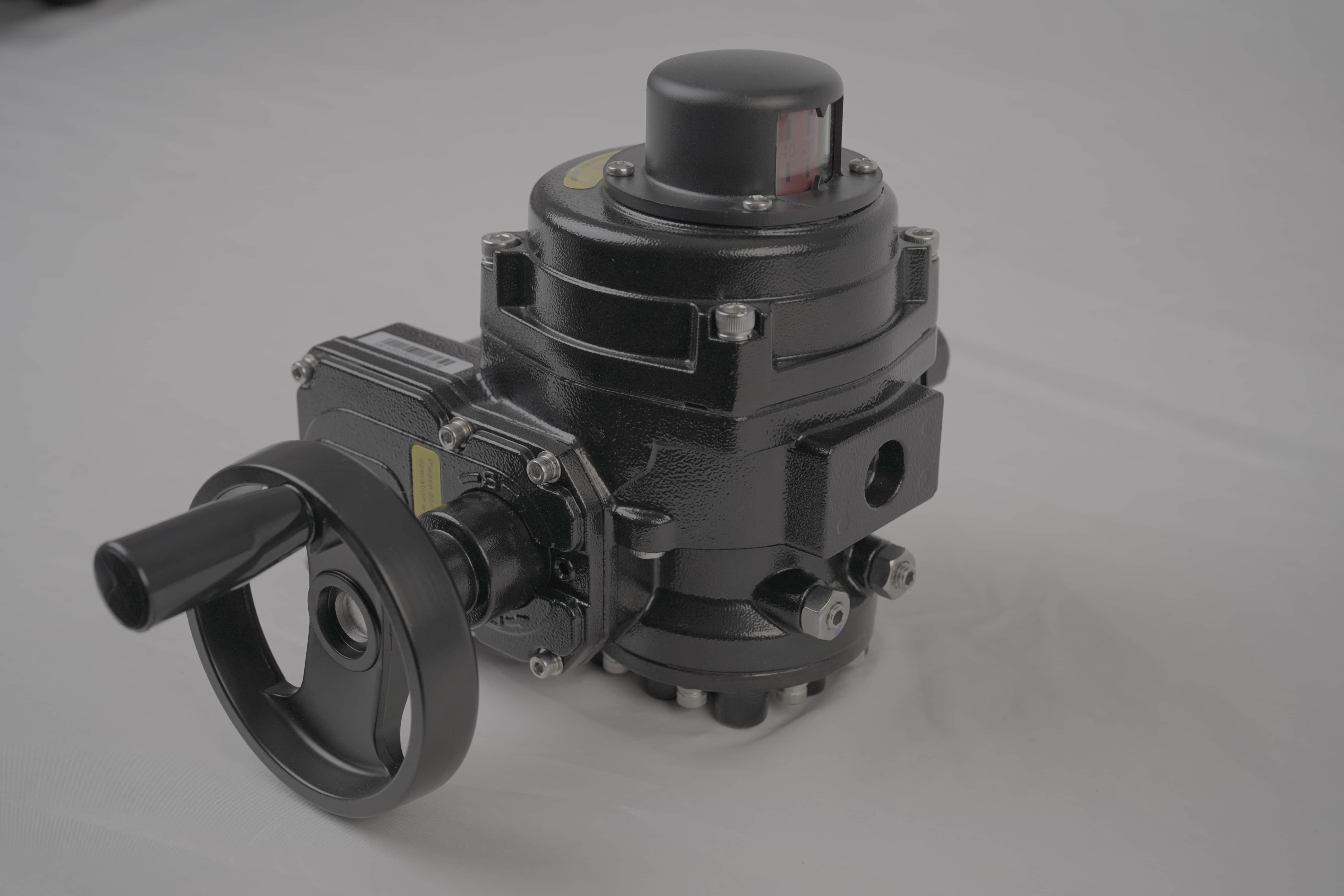
Lithium batteries are pivotal in today’s technology-driven world, powering everything from smartphones to electric vehicles. A crucial yet often overlooked component of these batteries is the lithium battery valve, a vital element that ensures safety and longevity in energy storage systems.

Lithium battery valves, also known as safety valves or pressure relief valves, play a fundamental role in maintaining the structural integrity and safety of lithium-ion batteries. These valves are designed to regulate and release internal pressure that can build up due to various factors such as overcharging, short circuits, or thermal runaway. By doing so, they prevent catastrophic failures and potential hazards, such as explosions or fires.

